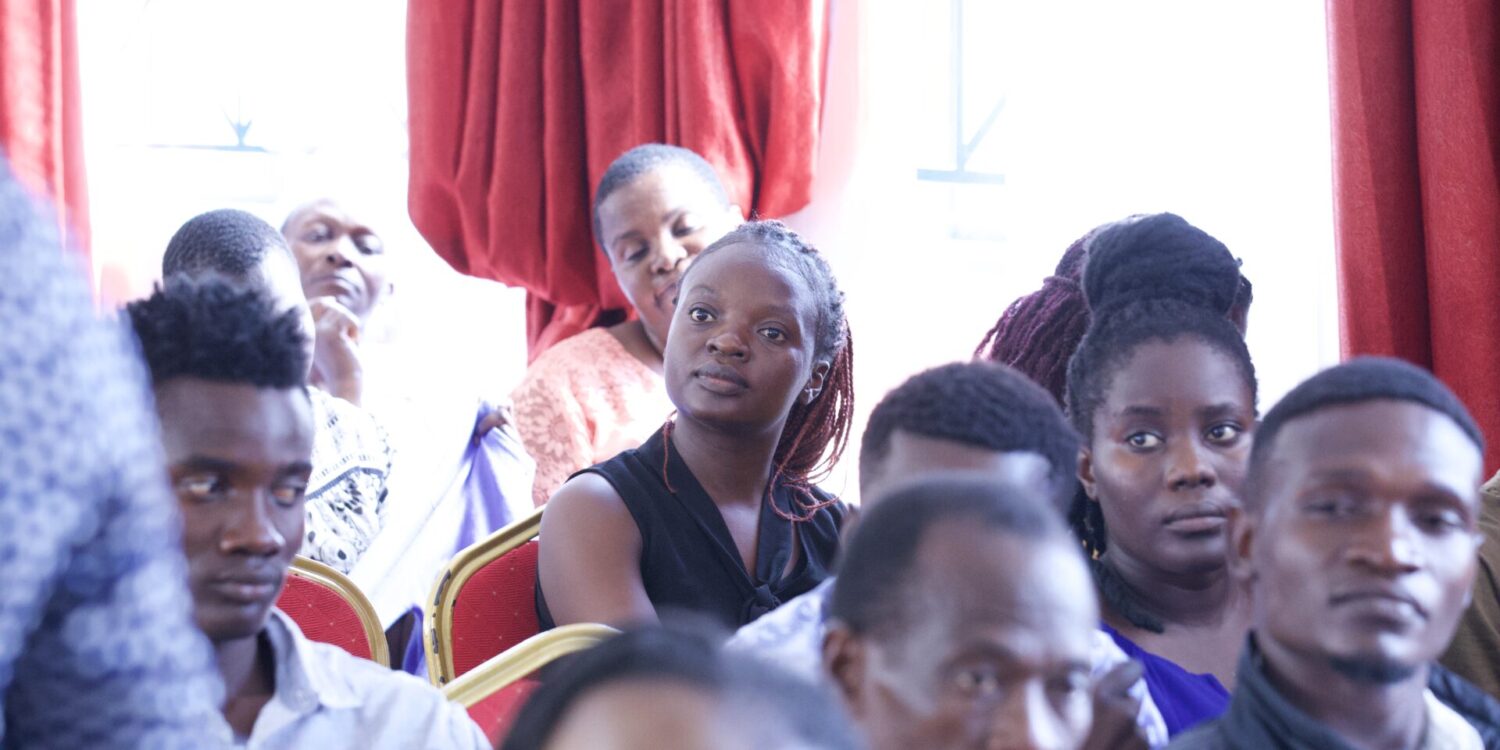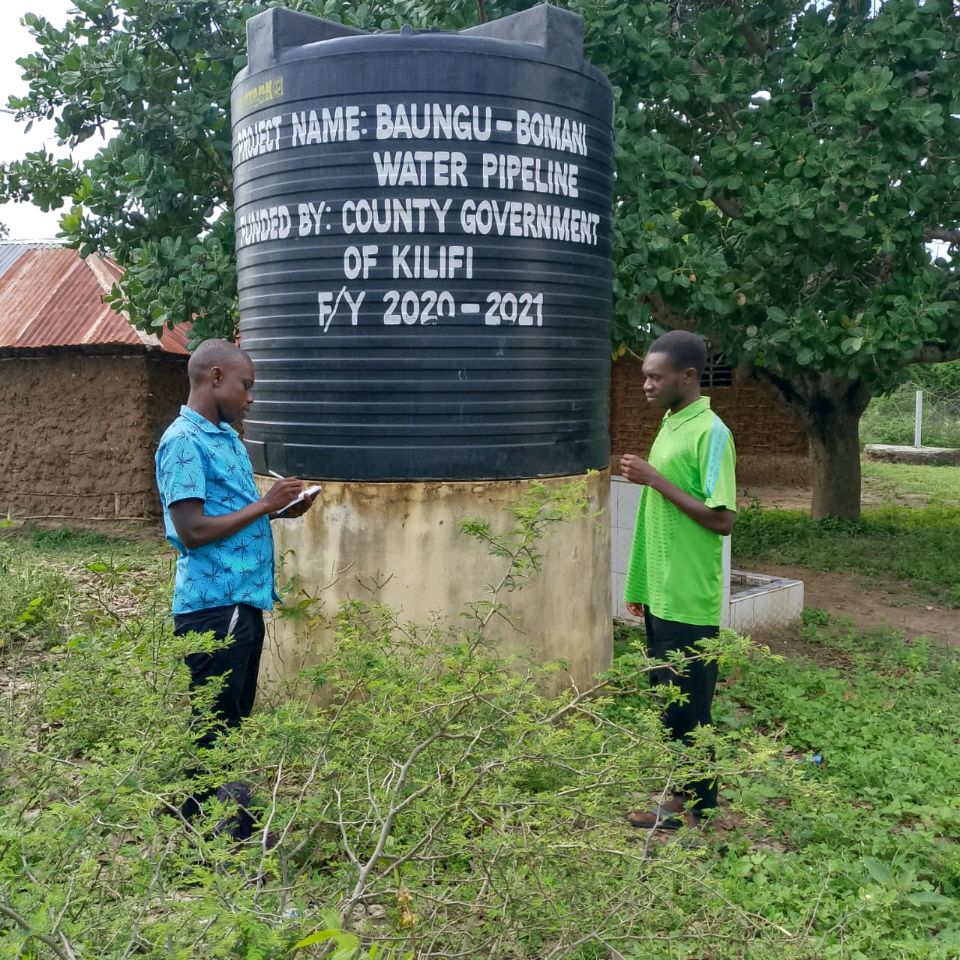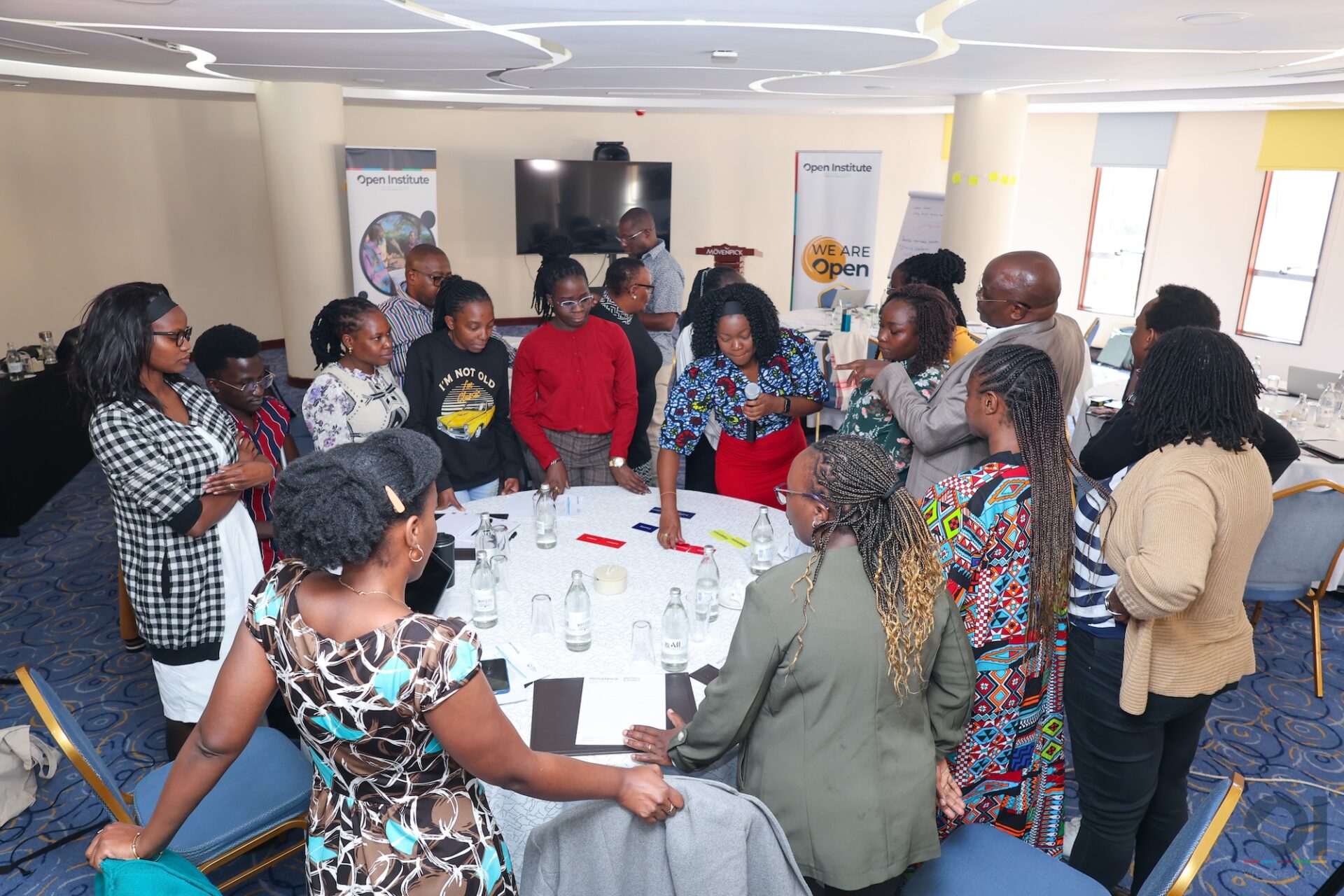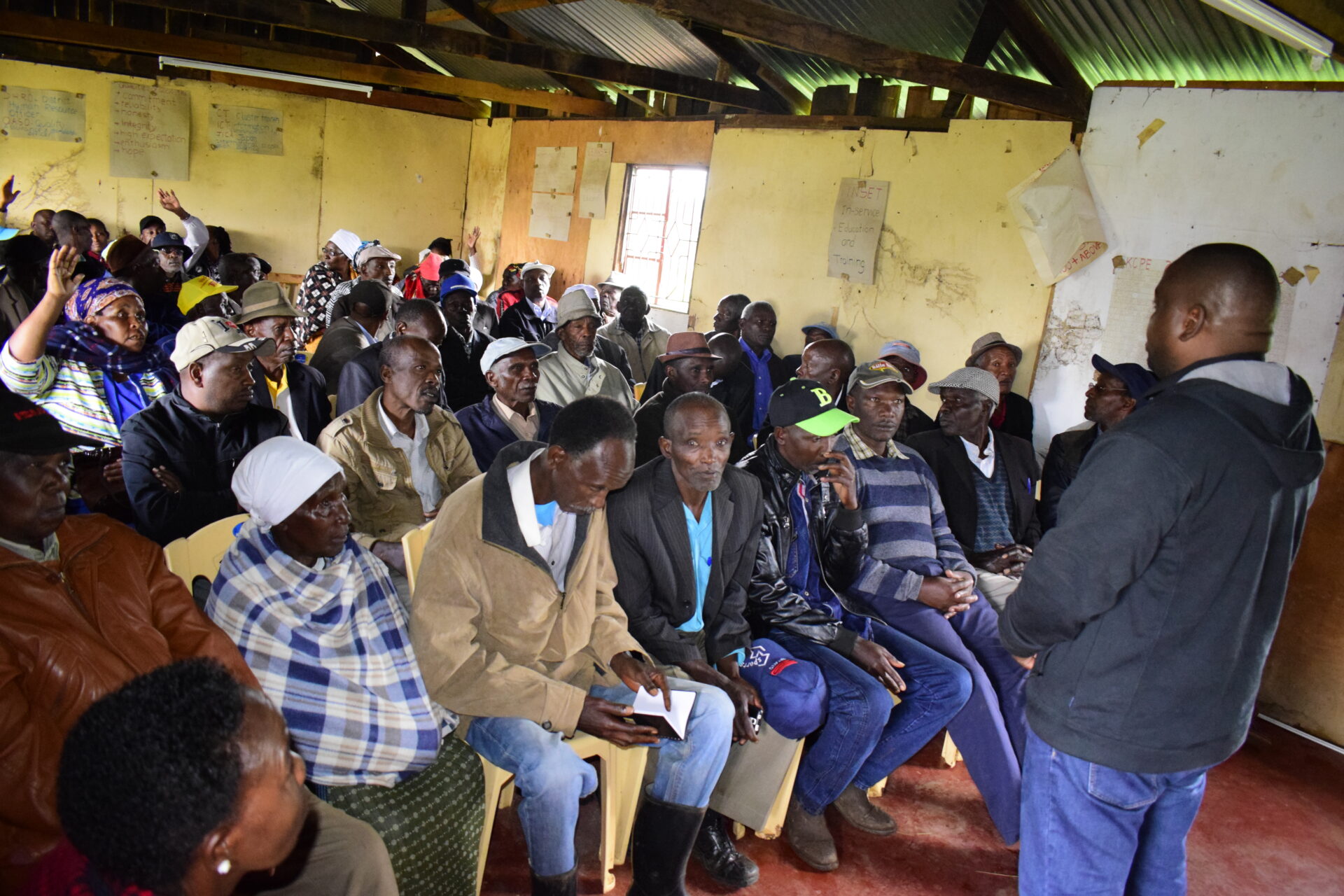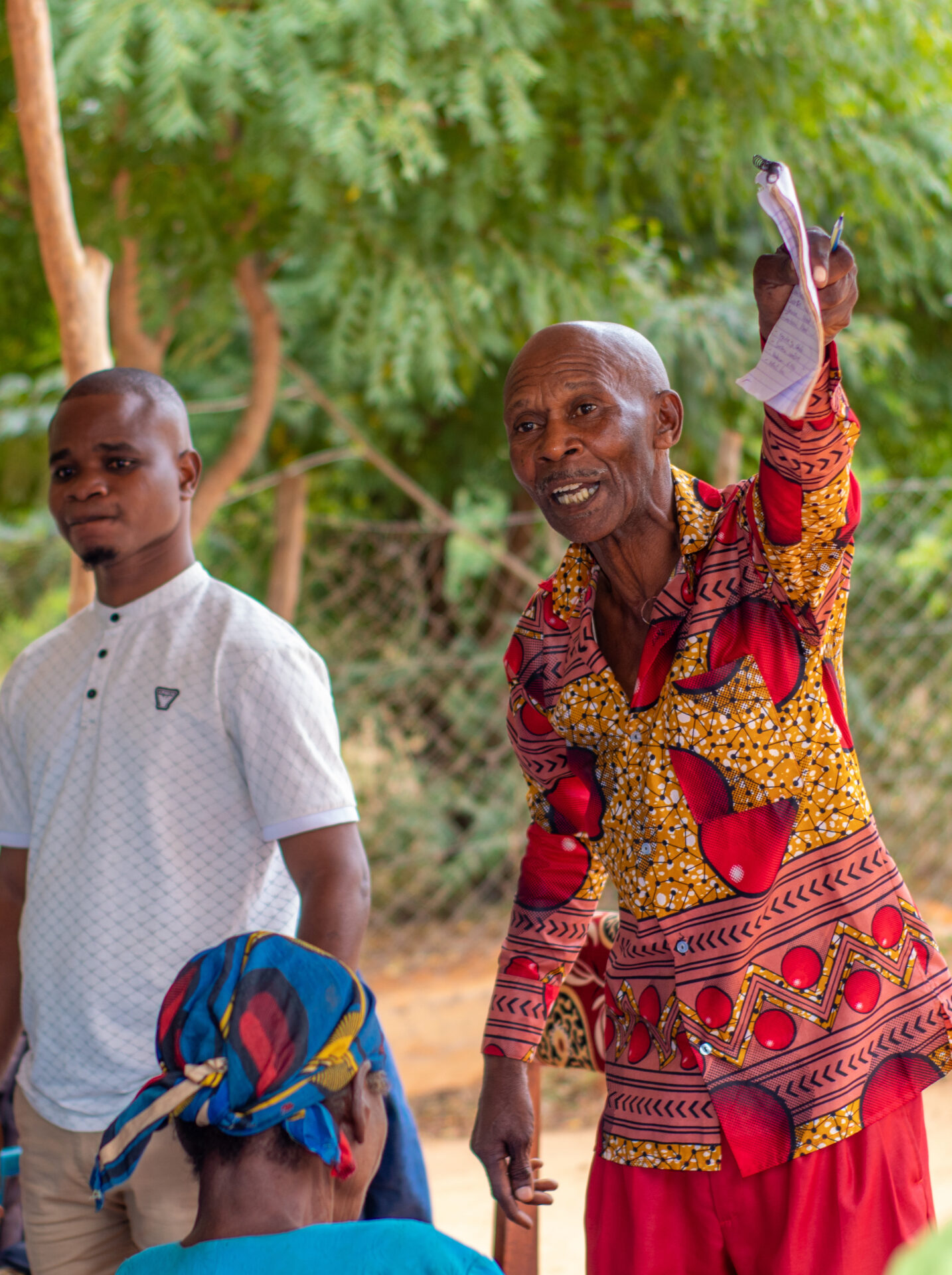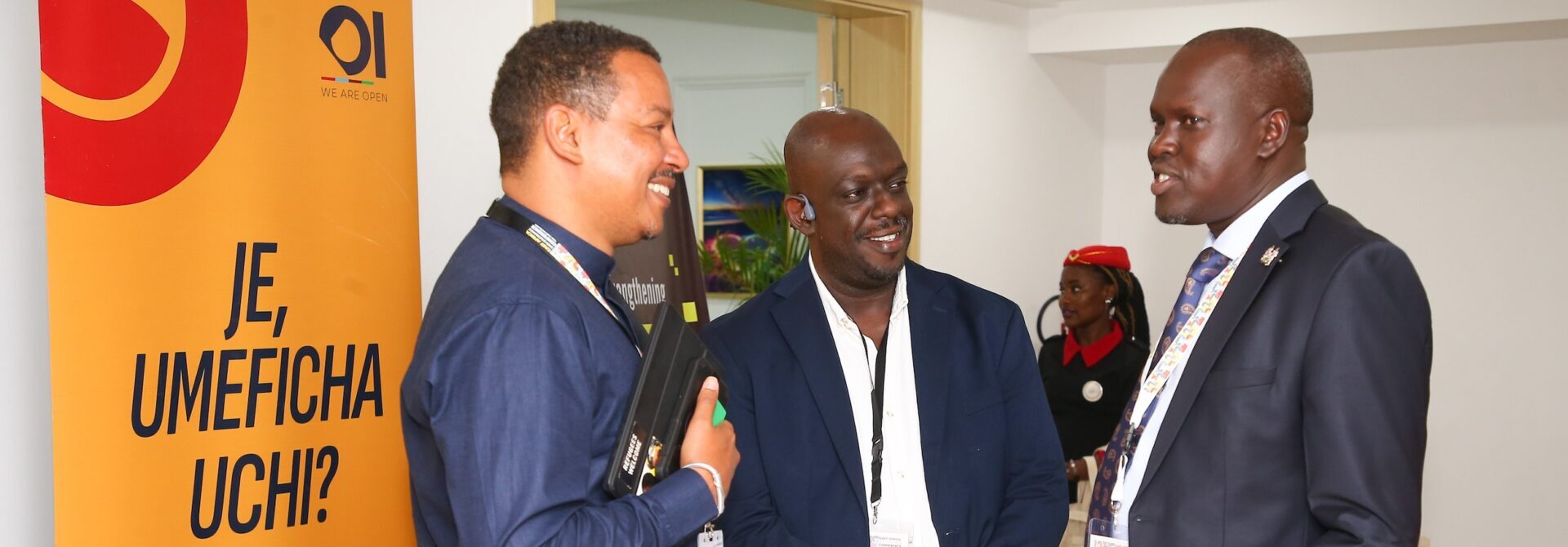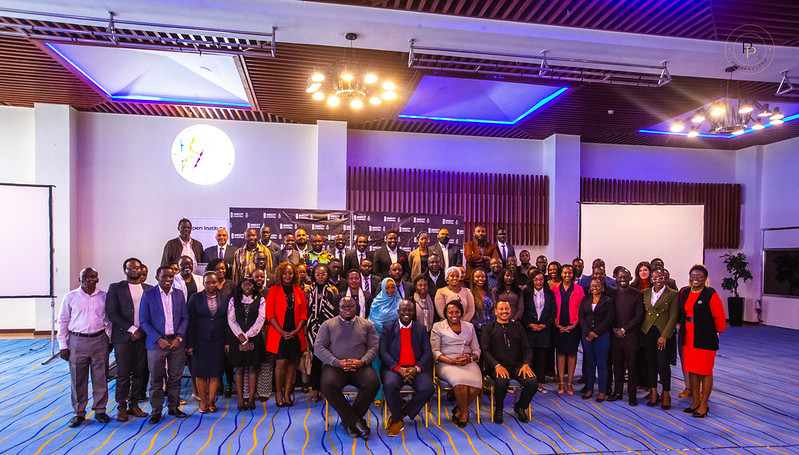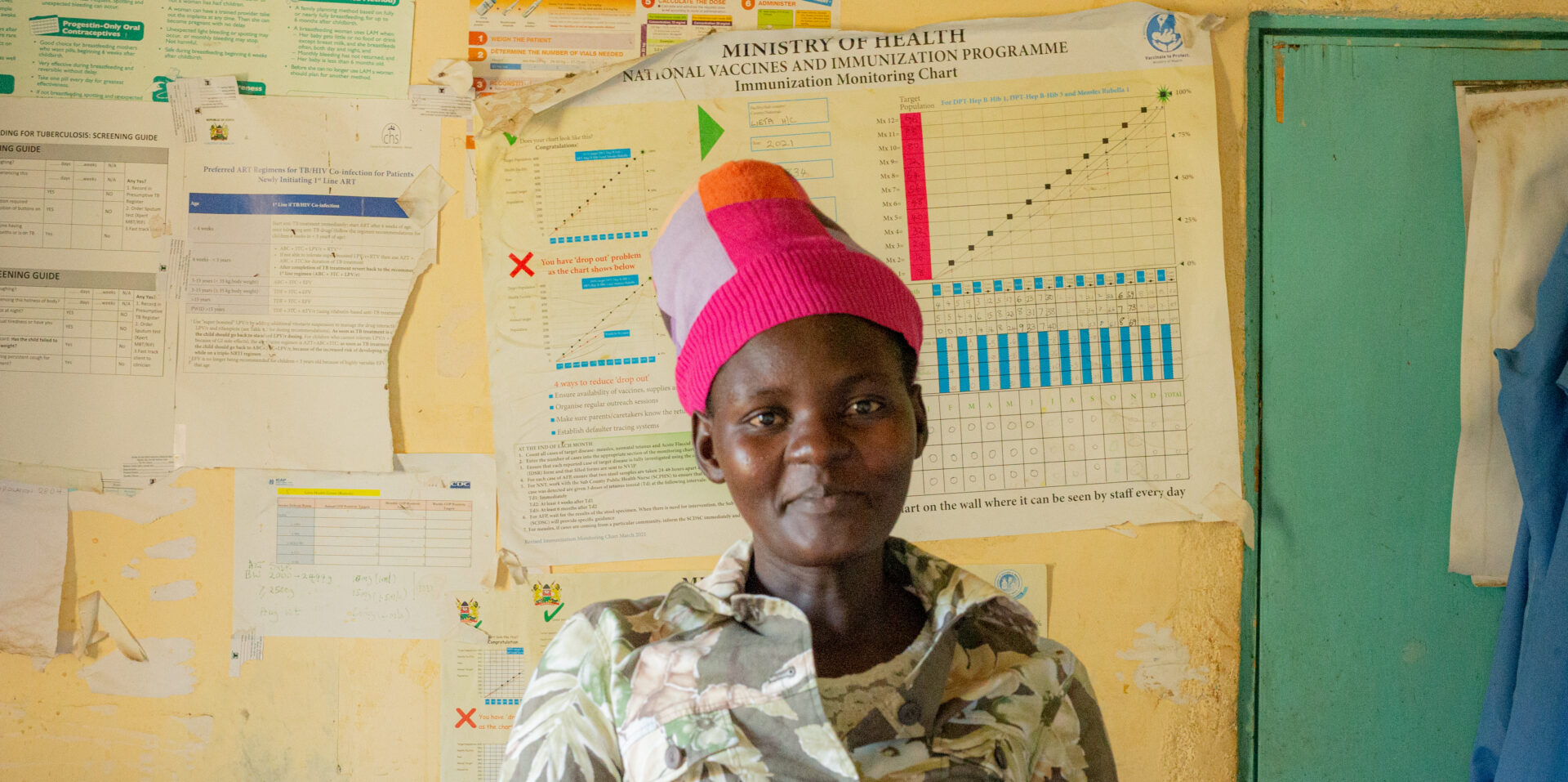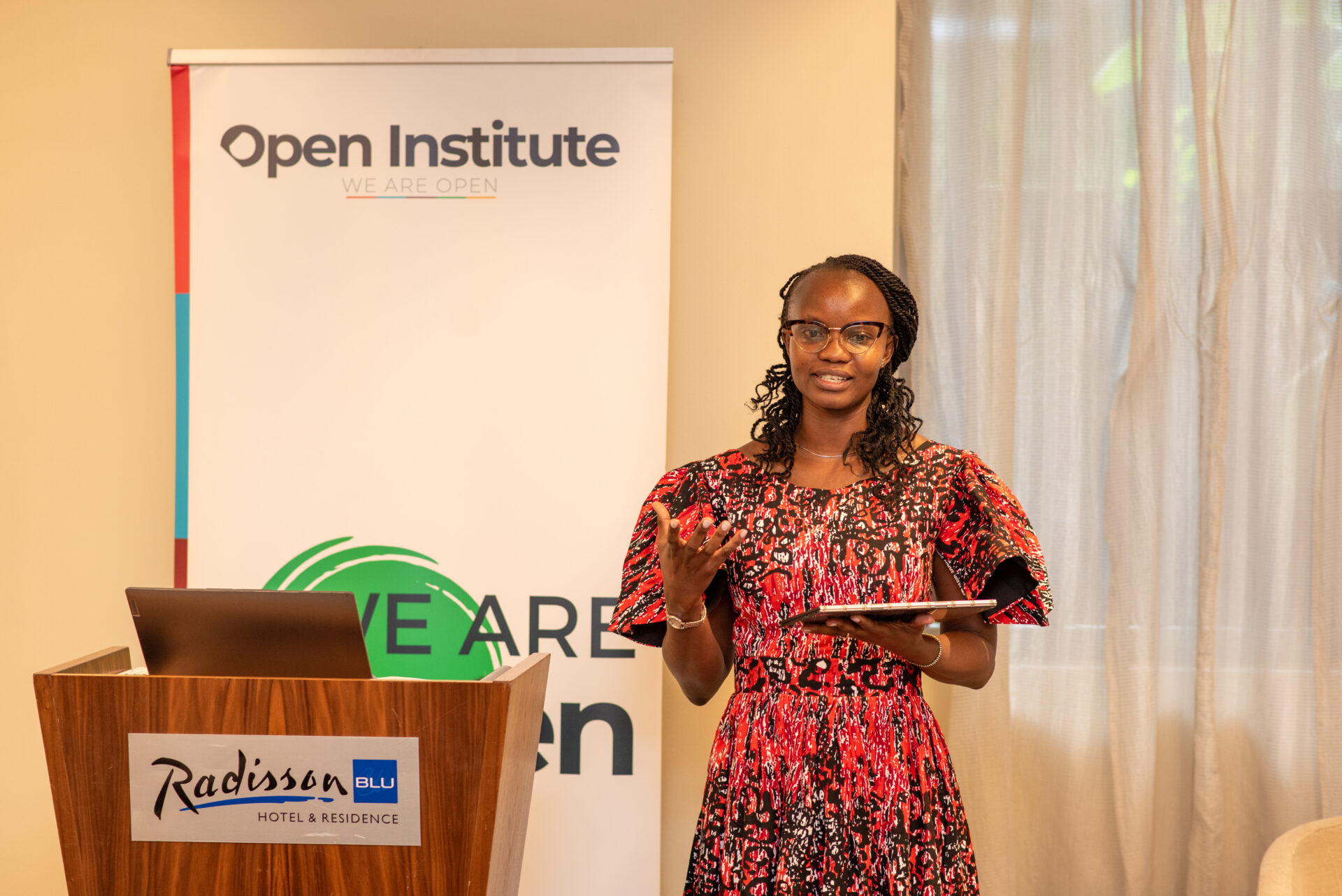We are currently experiencing a shift towards patient-centric care, where healthcare providers are expected to meet growing patient expectations while ensuring high-quality services. A 2021 report by KPMG revealed that 79% of healthcare facilities in charge believed the sector should adopt a more patient-centric approach to better address patient needs and preferences. Despite this, only 31% rated their organization’s ability to implement such an approach as ‘excellent’.
A patient-centric healthcare approach means focusing on the patients’ experience and involving different members of the healthcare team, leading to greater patient engagement. Patient satisfaction is a key measure of healthcare quality and is often utilized by policymakers and other stakeholders to address patient needs in developing effective, safe, and high-quality interventions.
In our efforts to understand and enhance healthcare services in Siaya and Kisumu County, we partnered with the Community Initiative Action Group Kenya (CIAG-K) and 135 local research assistants to conduct “client exit surveys”. This method offered valuable insights into the strengths and weaknesses of current healthcare services, as perceived by patients. It’s worth noting that the data we collected was sourced directly from citizens (Citizen Generated Data). We enlisted residents of diverse age groups from Siaya and Kisumu Counties to gather information within their communities. This approach aimed to ensure the reliability and inclusivity of our data, leveraging the trust and familiarity that these individuals have within their respective communities.
Once the data was collected the researchers conducted a descriptive cross-sectional study, employing both purposive and simple random sampling techniques to gather data from 1,693 respondents leaving public health facilities in Siaya and Kisumu Counties. The study utilized semi-structured interviews and direct observations to thoroughly evaluate both patient satisfaction and the adequacy of medical equipment and supplies.
Source: Community Initiative Action Group Kenya (CIAG-K)
Findings
Patients in Siaya and Kisumu Counties were generally dissatisfied with services due to a lack of drugs, laboratory services, medical equipment, and staff responsiveness. The survey highlighted the need for healthcare managers to focus on improving these areas by addressing drug shortages and increasing medical staff. Out of 656 patients interviewed in Siaya County, over 64% patients in Siaya and 59.4% in Kisumu were dissatisfied with the services they received.
Source: Community Initiative Action Group Kenya (CIAG-K)
In Siaya County, about 60% of respondents recommended providing more drugs, 16% suggested hiring more staff, 7% wanted laboratory expansion, and 2% called for better emergency response services. In Kisumu County, 49% of respondents recommended adding more drugs, 13% suggested hiring additional staff, 11% wanted shorter waiting times, 8% were satisfied with current services, and 4% asked for improved laboratory services.
The researcher presenting the Siaya Survey findings to the research assistants and other stakeholders.
Source: CIAG-K
The patients also expressed significant dissatisfaction with the waiting time for receiving services at the health facilities. A big majority of 411 respondents, making up 62.7% from Siaya County, reported a negative waiting time experience, while 70.3% from Kisumu County felt the same. Regarding the adequacy of visiting hours provided by the health facilities, over half of the respondents (362, representing 55.2%) in Siaya County deemed them sufficient, whereas 68.9% (715 respondents) from Kisumu County shared this sentiment.
Public hospitals in the two counties reported significant delays in service delivery mainly because of staff shortages and large patient volumes. Ensuring sufficient staffing levels could greatly improve the timeliness of service delivery.
Source: Community Initiative Action Group Kenya (CIAG-K)
Another unexpected discovery was that the majority (53%) of respondents from Kisumu and Siaya Counties stated they did not receive receipts for their healthcare services. In particular, 64.5% of respondents in Siaya County and 45.5% in Kisumu County were not provided with receipts, suggesting better receipt issuance practices in Kisumu. This highlights transparency and accountability concerns within these healthcare facilities, which could be mitigated by implementing automated health management systems to enhance overall management.
Source: Community Initiative Action Group Kenya (CIAG-K)
It was not all doom and gloom…
On a positive note, patients expressed satisfaction with certain aspects of the healthcare facilities. For instance, 76% of respondents overall said that the facilities are clean, with 70.1% in Siaya County and 79.5% in Kisumu County affirming this. Additionally, over 85% of patients in both counties were satisfied with the conduct of the staff who attended to them. Regarding facility access for persons with disabilities and the geographical location of health facilities, the study revealed that a large majority of the facilities were easily accessible.
What next?
Following these findings the citizens developed petitions to be submitted to policymakers for improving service quality, and citizens in Kisumu expressed interest in using the survey for their other works. Additionally, the CECM Health mentioned that they will use the survey to support their policy recommendations looking to improve the provision of health care services in anticipation of the launch and implementation of the Social Health Insurance Fund (SHIF).
Moving forward, it is essential to address the underlying issues identified in this study, including transparency and accountability concerns surrounding receipt issuance and service delays. By implementing automated health management systems and prioritizing the needs of patients, the government can strive towards providing high-quality, patient-centered healthcare services in Siaya and Kisumu Counties. We have also learned that through the use of citizen generated data we can refine our research findings and amplify the impact of government policies. This enables us to gain deeper insights into the specific contexts of the counties and understand how quality healthcare is perceived in comparison to experiences elsewhere in the country.
Excited to know more about our findings? Keep an eye out for the upcoming release of the full report! Stay connected with us on our social media platforms and watch your email for updates. Subscribe here.

